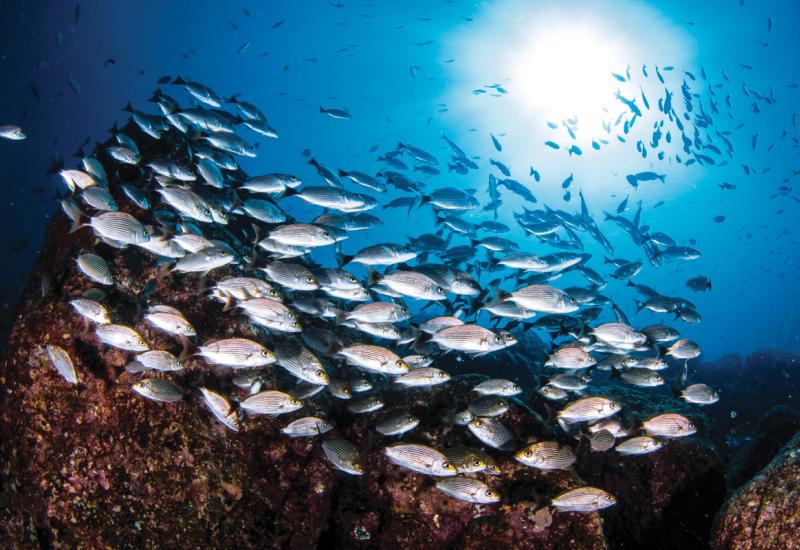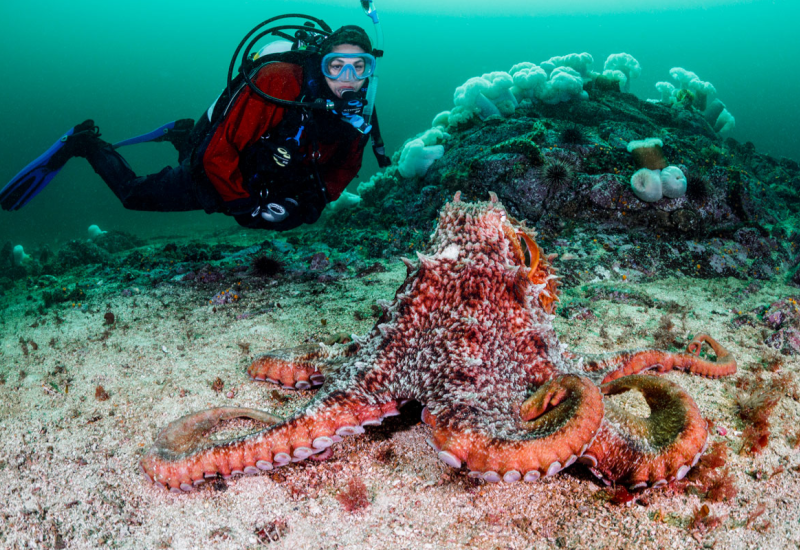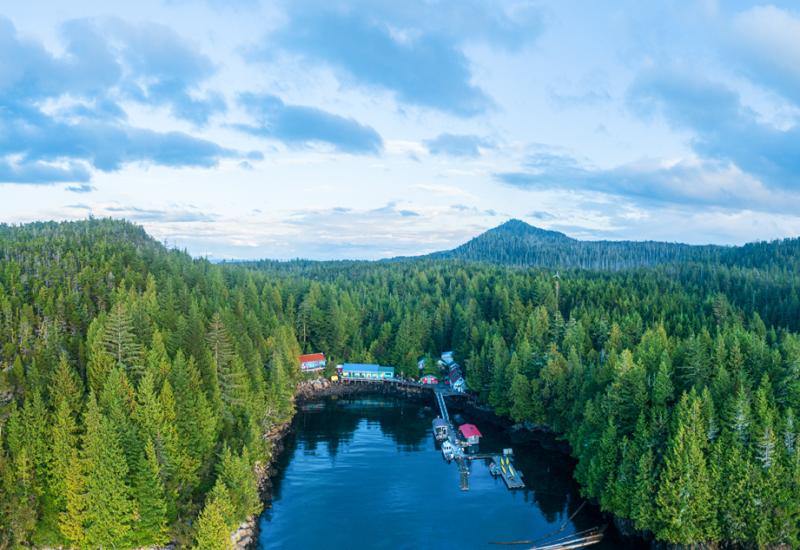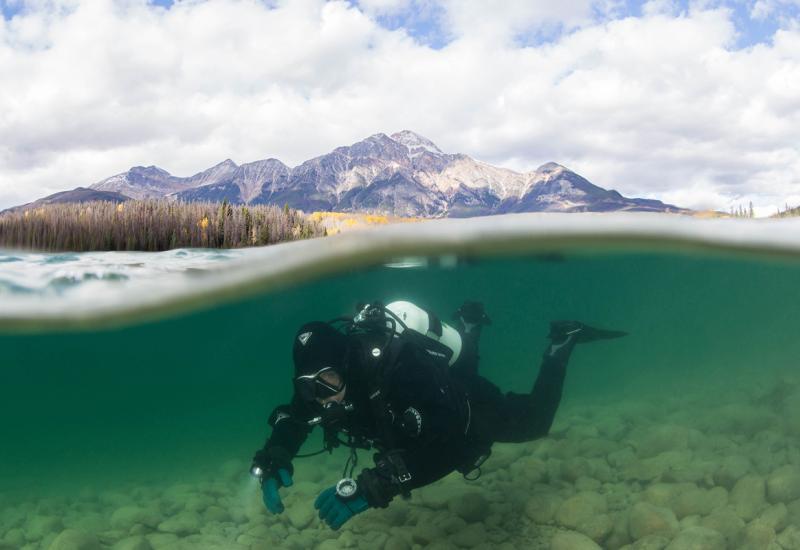Prince Edward County, Toronto, Canada

October 2007
By Robert Osborne
Photography by Tom Wilson
It was a diving gem discovered because I got lost. My wife and I were driving around Prince Edward County-about two hours east of Toronto, on the north shore of Lake Ontario-and I took a wrong turn. In the middle of nowhere we drove past a tiny rustic harbor with a dive flag. Diving in Prince Edward County? I'd never heard of it. This was supposed to be Napa Valley North: a country retreat for Torontonians looking for boutique wineries, fine dining and charming bed and breakfast accommodations. But diving?
After a little research, I found Ducks Diving. The owners told me the waters between Point Petre and Main Duck Island claimed more than two-thirds of the ships that sank in Lake Ontario during the era of steam and schooners (1850 to 1920). And like most of the wrecks in the Great Lakes, cold water has left them in pristine condition. Best of all, these wrecks lie in depths that range from 40 feet to 110 feet-well within the reach of recreational divers.
On a sunny Saturday morning, I boarded a 46-foot converted Lake Erie fishing tug, and we set out for our first wreck-the Frontenac. My buddies on board were all aficionados who'd done this many times before. They warned me that the bottom temperature would be around the 40-degree mark. I was grateful to snuggle into my dry suit, and even more grateful after we hit the water. It was bone-chillingly cold at the surface, and it didn't get any warmer as we descended. I glided slowly down the line through the jade green water, the bottom still invisible. And suddenly, about 60 feet down, out of nowhere, the wreck appeared.
The Frontenac is ghostly, covered in details that evoke memories of the night she sank so long ago-one mast leaning drunkenly to the side and a line hanging from the bow, perhaps a vain attempt to make the ship fast during the storm that sank her. The wheel still sits on the deck, and a fire extinguisher looks as if you could brush off a few of the zebra mussels and use it. I was captivated. I wanted to explore every inch of the Frontenac, but we were coasting along at 110 feet. We had just enough time to circle the wreck once, and then it was time to surface.
The surface interval took forever. I wanted to get back down as soon as possible. Our second dive was on a wreck called the Annie Falconer. She went down in 1904, but looks in pretty good shape-even though the storm that sunk her beat her up a little. Not quite as deep as the Frontenac, the Annie Falconer, a two-masted schooner built in 1867, lies in about 80 feet of water on a mud bottom. The stern is broken off, but much of her equipment is on the wreck, including deadeyes and anchors.
On Sunday morning, we headed out to what's been described as the "jewel in the crown" of Prince Edward County diving-the Katie Eccles. At 70 feet, the bottom opened up below, and it was magic.
The Katie Eccles went down in 1922, but with ropes hanging from parts of her hull, she still looks eerily active. A perfectly intact jar of pear preserves, originally found inside the ship, sits on the deck. The vessel rests in deep water-around 90 feet-and the water was bitterly cold. I circled the wreck with my buddy until my hands were burning with cold, and I was down to my safe limit for air.
The final dive of the weekend was on the China. The ship burned as she sank and her massive boilers sit-almost sullen-looking-in the center of the hulk. They're encrusted with zebra mussels and reminded me of something from a sci-fi movie.
And that capped the weekend: Two days, four dives and a whole new appreciation for an underwater world only a few hours from my hometown. Dozens of wrecks I never knew existed. As we chugged back to the dock, I began to plan the numerous dives it's going to take to explore all the wrecks in the waters off Prince Edward County.
InDepth
Water Conditions: Currents are generally mild. Depending on the time of year, visibility is anywhere from 25 to 80 feet, and water temperature ranges from 41 to 50 degrees.
Location: Southeast corner of Prince Edward County-Prince Edward Bay and Lake Ontario.
Dive Drill: These dives are all for intermediate to advanced divers. The water can be extremely cold (like all Great Lakes diving) and so dry suit certification is a plus. At the very least, wear a 7mm wetsuit. The wrecks are also in fairly deep water (80 to 110 feet), so some familiarity with deep diving is needed.
Dive Operators: In Prince Edward County: Ducks Dive Charters & Cottages (www.ducksdive.com). In Kingston: Northern Tech Diver (www.northerntechdiver.com) and Limestone Dive Centre (www.adventuredives.com/limeston.htm).
For More Information: www.pec.on.ca/Welcome.html.
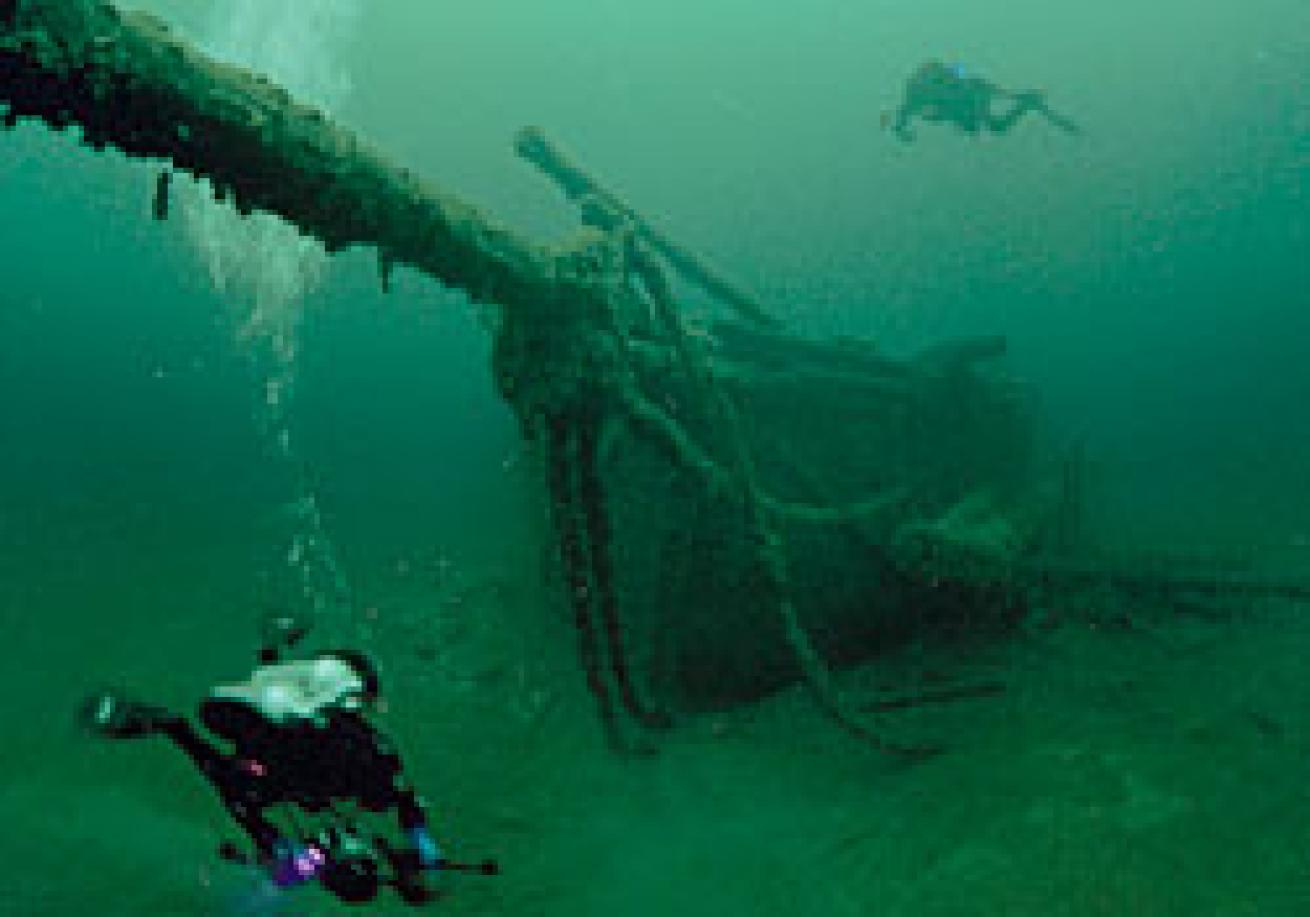
October 2007
By Robert Osborne
Photography by Tom Wilson
It was a diving gem discovered because I got lost. My wife and I were driving around Prince Edward County-about two hours east of Toronto, on the north shore of Lake Ontario-and I took a wrong turn. In the middle of nowhere we drove past a tiny rustic harbor with a dive flag. Diving in Prince Edward County? I'd never heard of it. This was supposed to be Napa Valley North: a country retreat for Torontonians looking for boutique wineries, fine dining and charming bed and breakfast accommodations. But diving?
After a little research, I found Ducks Diving. The owners told me the waters between Point Petre and Main Duck Island claimed more than two-thirds of the ships that sank in Lake Ontario during the era of steam and schooners (1850 to 1920). And like most of the wrecks in the Great Lakes, cold water has left them in pristine condition. Best of all, these wrecks lie in depths that range from 40 feet to 110 feet-well within the reach of recreational divers.
On a sunny Saturday morning, I boarded a 46-foot converted Lake Erie fishing tug, and we set out for our first wreck-the Frontenac. My buddies on board were all aficionados who'd done this many times before. They warned me that the bottom temperature would be around the 40-degree mark. I was grateful to snuggle into my dry suit, and even more grateful after we hit the water. It was bone-chillingly cold at the surface, and it didn't get any warmer as we descended. I glided slowly down the line through the jade green water, the bottom still invisible. And suddenly, about 60 feet down, out of nowhere, the wreck appeared.
The Frontenac is ghostly, covered in details that evoke memories of the night she sank so long ago-one mast leaning drunkenly to the side and a line hanging from the bow, perhaps a vain attempt to make the ship fast during the storm that sank her. The wheel still sits on the deck, and a fire extinguisher looks as if you could brush off a few of the zebra mussels and use it. I was captivated. I wanted to explore every inch of the Frontenac, but we were coasting along at 110 feet. We had just enough time to circle the wreck once, and then it was time to surface.
The surface interval took forever. I wanted to get back down as soon as possible. Our second dive was on a wreck called the Annie Falconer. She went down in 1904, but looks in pretty good shape-even though the storm that sunk her beat her up a little. Not quite as deep as the Frontenac, the Annie Falconer, a two-masted schooner built in 1867, lies in about 80 feet of water on a mud bottom. The stern is broken off, but much of her equipment is on the wreck, including deadeyes and anchors.
On Sunday morning, we headed out to what's been described as the "jewel in the crown" of Prince Edward County diving-the Katie Eccles. At 70 feet, the bottom opened up below, and it was magic.
The Katie Eccles went down in 1922, but with ropes hanging from parts of her hull, she still looks eerily active. A perfectly intact jar of pear preserves, originally found inside the ship, sits on the deck. The vessel rests in deep water-around 90 feet-and the water was bitterly cold. I circled the wreck with my buddy until my hands were burning with cold, and I was down to my safe limit for air.
The final dive of the weekend was on the China. The ship burned as she sank and her massive boilers sit-almost sullen-looking-in the center of the hulk. They're encrusted with zebra mussels and reminded me of something from a sci-fi movie.
And that capped the weekend: Two days, four dives and a whole new appreciation for an underwater world only a few hours from my hometown. Dozens of wrecks I never knew existed. As we chugged back to the dock, I began to plan the numerous dives it's going to take to explore all the wrecks in the waters off Prince Edward County.
InDepth
Water Conditions: Currents are generally mild. Depending on the time of year, visibility is anywhere from 25 to 80 feet, and water temperature ranges from 41 to 50 degrees.
Location: Southeast corner of Prince Edward County-Prince Edward Bay and Lake Ontario.
Dive Drill: These dives are all for intermediate to advanced divers. The water can be extremely cold (like all Great Lakes diving) and so dry suit certification is a plus. At the very least, wear a 7mm wetsuit. The wrecks are also in fairly deep water (80 to 110 feet), so some familiarity with deep diving is needed.
Dive Operators: In Prince Edward County: Ducks Dive Charters & Cottages (www.ducksdive.com). In Kingston: Northern Tech Diver (www.northerntechdiver.com) and Limestone Dive Centre (www.adventuredives.com/limeston.htm).
For More Information: www.pec.on.ca/Welcome.html.

